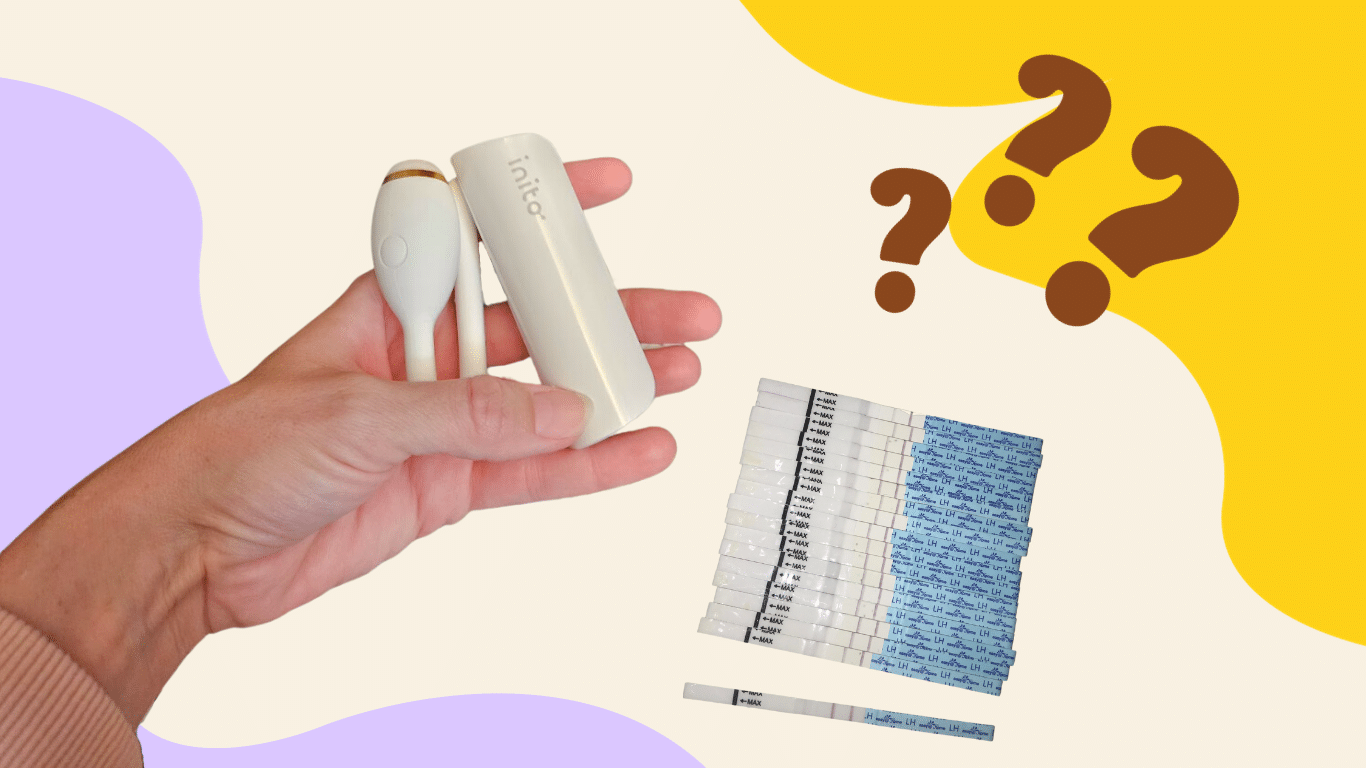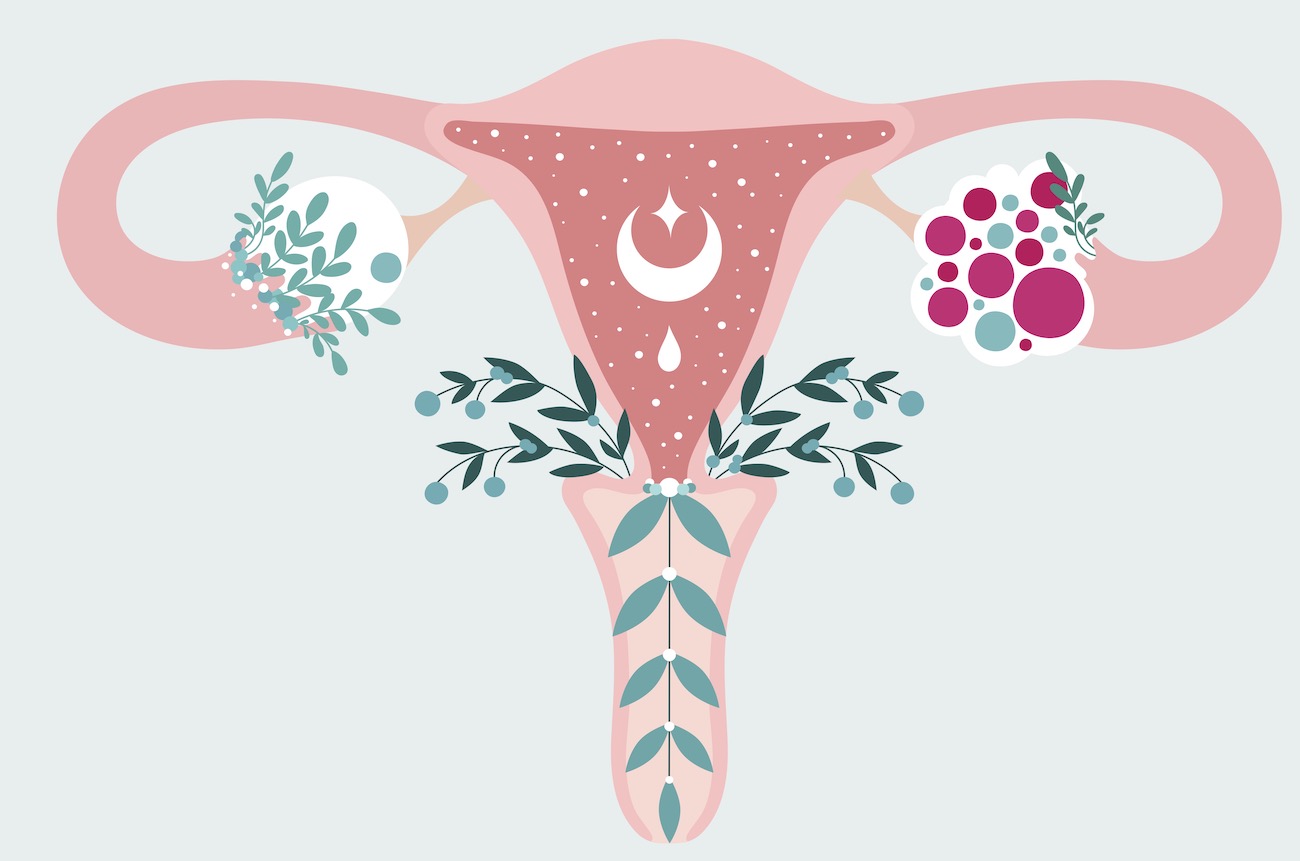Desperation. That drove me, someone with both PCOS and endometriosis, to try the most frequently recommended fertility trackers. From functionality and accuracy to cost and ease of use, I made some surprising discoveries along the way. You wouldn’t believe how much some of these trackers can cost in the long run.
Two months into our fertility journey, I had already had enough. Thanks to PCOS, my irregular cycles make it nearly impossible to estimate if I am fertile using a calendar-based app. Being that I’m 38 and very active in my career, I had no time to waste, so having a device to help me on this journey was just what I needed.
Cheap-O Ovulation tests
I began my fertility tracking journey by purchasing “cheap” ovulation predictor strips, which detect LH, or luteinizing hormone. For mere pennies, in theory, I could detect the LH surge. Unfortunately, in PCOS LH is often persistently elevated. In my case, I had nearly positive tests throughout my cycle. The ambiguous test lines had me asking “is this positive?” almost daily. I also learned the LH rise occurs at the end of the fertile window, which actually limits your opportunities to try if reliant on the surge. For this reason, LH strips felt like a waste of valuable time and money and did not help me progress toward achieving pregnancy.
- Misleading for women with PCOS
- Messy
- Do not identify the full fertile window
- Overall Score: 4/10
Inito
My friend, who knew I was trying to conceive, gifted me her Inito. She was not using it anymore so I decided to give it a try. After one cycle, which cost me about $100 in wands, I realized this was not a long-term solution, and perhaps why my friend was so eager to part with her Inito. While insightful to some, my fluctuating FSH, LH, estradiol, and progesterone drove my anxiety wild and didn’t conclusively narrow down my fertile window. I see ads talking about how the values are so insightful. An estradiol value 64 is in fact not meaningful to me.I doubt that anyone, including those with PCOS, could use this in the long-term due to cost alone.
- Costly: a pack of 20 wands retails for $49. I required nearly two packs in one cycle.
- The precise hormone values did not yield helpful insights particularly when my values would wax and wane before truly surging.
- The hormone values can add stress to an already difficult process
- Overall Score: 5/10
kegg:
On a PCOS fertility forum, many women discussed cervical fluid tracking as a way to identify the full fertile window so I decided to look into it further. kegg tracks changes in the cervical fluid, so while it is not tracking urine hormones, it is indirectly tracking hormone activity by measuring the electrolytes in the cervical mucus. I was won over by the “Pregnancy Guarantee” which states that you can get a full refund if you don’t conceive in one year. Sounds too good to be true, but I took the bait.
I have to say I have been pleasantly surprised. As someone with PCOS, it was important to me that the data would be accessible, and I have had no issues. Even in cycles when I have multiple attempts at ovulation, I am able to see each fertile valley that forms and get busy. Personally, I feel that for someone with PCOS, kegg is the best option primarily because it shows the full fertile window and there is no ongoing cost. It typically takes women with PCOS longer to conceive, therefore, understanding the cost over time is really important, and with kegg, there is only a one-time purchase cost. I’m on my third cycle so far and feel confident our timing is right. I also enjoyed using the kegel exercise function that kegg offers, and gives me peace of mind that I am strengthening my pelvic floor each day. Hopefully our positive pregnancy test is just around the corner! I regret not starting with kegg from the start, but am grateful I have this affordable tool to help me keep moving forward.
kegg
- Identifies the full fertile window, from the very beginning to the end
- No ongoing cost
- Offers a money-back pregnancy guarantee
- Does not get impacted by sleep patterns and can be used in the evening
- Takes 2 minutes to use and is not worn consistently
- Overall Score: 9/10

It took me a while to find a method to track my irregular cycles. It is disappointing that so many devices are costly to use, as for someone with PCOS this can be a significant cost. However, I am glad I eventually landed on kegg, as there is no ongoing cost to track your fertile window and you can feel assured you are having intercourse at the right times. I will update this article after 6 months of use, and hopefully by that time have good news to share!




